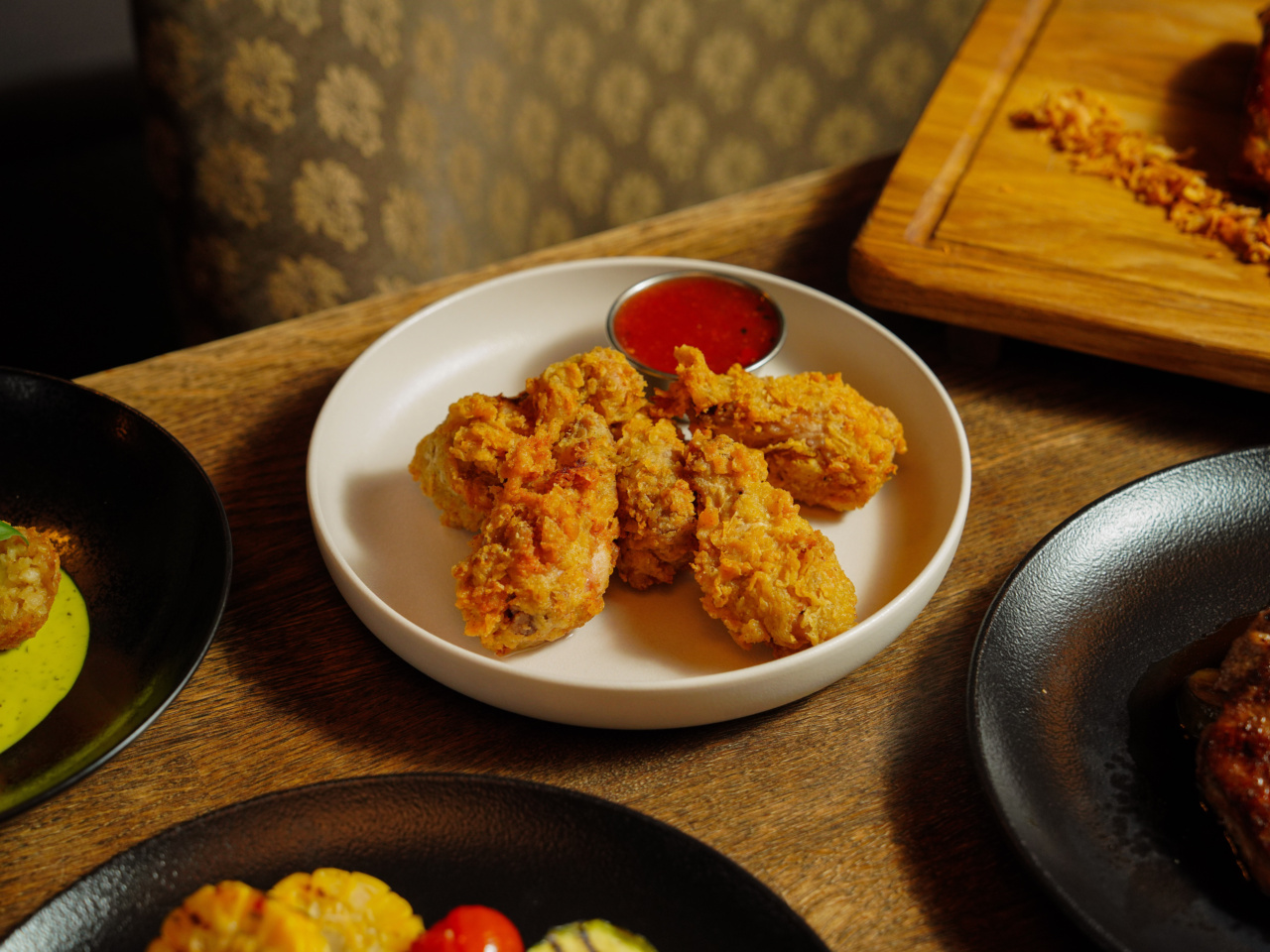When it comes to preparing chicken, many individuals have been taught since childhood to rinse it before cooking. This long-standing practice is believed to remove dirt, bacteria, and other contaminants from the surface of the meat.
However, recent scientific studies have shown that rinsing chicken can actually do more harm than good.
The dangers of rinsing chicken
Contrary to popular belief, rinsing chicken does not effectively remove bacteria such as Salmonella or Campylobacter.
In fact, this practice can spread these pathogens to other surfaces in your kitchen, causing cross-contamination and increasing the risk of foodborne illnesses.
When you rinse raw chicken under running water, the water splashes and creates aerosolized droplets that can travel up to three feet away from the sink.
These droplets may land on countertops, utensils, cutting boards, and even your hands, contaminating everything they come into contact with.
Additionally, rinsing chicken can lead to the spread of antibiotic-resistant bacteria. Many commercial chicken products are treated with antibiotics to prevent the growth of bacteria during the birds’ lives.
However, rinsing the chicken can wash off some of these antibiotics, further contributing to the development of antibiotic resistance.
Proper ways to handle chicken
Instead of rinsing chicken, it is recommended to follow safer handling practices to prevent the risk of foodborne illnesses:.
1. Keep chicken refrigerated:
Raw chicken should always be stored in the refrigerator to prevent the growth of bacteria. Make sure the temperature is set below 40°F (4°C) to keep the chicken fresh and safe to consume.
2. Use separate cutting boards and utensils:
Designate specific cutting boards and utensils for raw chicken, and avoid using them for other ingredients without proper washing. This prevents cross-contamination and reduces the risk of spreading bacteria.
3. Cook chicken to the recommended temperature:
Cooking chicken to the correct internal temperature is crucial for food safety. According to the U.S. Food and Drug Administration (FDA), chicken should be cooked to an internal temperature of 165°F (74°C) to kill any bacteria that may be present.
4. Clean and sanitize surfaces:
After handling raw chicken, it is important to thoroughly clean and sanitize any surfaces that may have come into contact with it. Use hot, soapy water and a disinfectant to effectively kill any bacteria left behind.
This includes countertops, sinks, and utensils.
Scientific evidence supporting the no-rinse approach
Studies conducted by food safety researchers have demonstrated the ineffectiveness of rinsing chicken.
One study published in the Journal of Food Protection found that washing chicken increased the risk of Campylobacter contamination on kitchen surfaces by 26%. Another study published in the journal Food Control concluded that rinsing chicken did not significantly reduce the presence of Salmonella on the meat’s surface.
The United States Department of Agriculture (USDA) also advises against rinsing chicken.
Their Food Safety and Inspection Service (FSIS) recommends that individuals do not wash raw poultry, as doing so can spread bacteria and potentially make people sick.
Busting common myths
Let’s address some of the commonly held beliefs about rinsing chicken:.
1. “Rinsing removes slime or mucus”:
The slimy texture sometimes found on raw chicken is not an indicator of freshness. It is actually a natural protein solution that is released when the chicken’s muscle fibers break down.
Rinsing will not remove the slime, and it is best to discard chicken that has an off smell or color instead of relying on rinsing.
2. “Rinsing removes blood from the meat”:
Rinsing chicken will not remove blood from the meat. During the processing of chickens, any blood that remains is typically absorbed by the surrounding muscle tissue. Proper cooking will take care of any blood-related concerns.
3. “Rinsing reduces the risk of food poisoning”:
Rinsing chicken does not reduce the risk of food poisoning. The only way to ensure chicken is safe to eat is through proper cooking and following food safety guidelines.
Conclusion
In conclusion, rinsing chicken before cooking is not only ineffective at removing bacteria, but it can also lead to the spread of harmful pathogens and antibiotic resistance.
It is best to avoid this outdated practice and focus on proper food handling techniques, such as refrigerating chicken, using separate cutting boards, cooking to the recommended temperature, and thorough cleaning of surfaces. By following these guidelines, you can ensure the safety and enjoyment of your chicken dishes without compromising your health.



























